Amy Lo - The complete book of Mah Jongg : an illustrated guide to the Asian, American and international styles of play
Here you can read online Amy Lo - The complete book of Mah Jongg : an illustrated guide to the Asian, American and international styles of play full text of the book (entire story) in english for free. Download pdf and epub, get meaning, cover and reviews about this ebook. year: 2016, publisher: Tuttle Publishing, genre: Children. Description of the work, (preface) as well as reviews are available. Best literature library LitArk.com created for fans of good reading and offers a wide selection of genres:
Romance novel
Science fiction
Adventure
Detective
Science
History
Home and family
Prose
Art
Politics
Computer
Non-fiction
Religion
Business
Children
Humor
Choose a favorite category and find really read worthwhile books. Enjoy immersion in the world of imagination, feel the emotions of the characters or learn something new for yourself, make an fascinating discovery.
The complete book of Mah Jongg : an illustrated guide to the Asian, American and international styles of play: summary, description and annotation
We offer to read an annotation, description, summary or preface (depends on what the author of the book "The complete book of Mah Jongg : an illustrated guide to the Asian, American and international styles of play" wrote himself). If you haven't found the necessary information about the book — write in the comments, we will try to find it.
This complete, easy-to-follow instructional Mahjong handbook includes over 150 full-color photographs and illustrations to introduce players to this captivating game. This is the first Mahjong book to fully cover the Cantonese or old rules game. It also includes all of the most popular variations, such as the Shanghai game, the 16-tile or Taiwanese game, and the 12-tile game. Included are the rules, tactics, techniques, strategy and the rituals only the most experienced players know.
This Mahjong book includes:
- Easy-to-follow instructions
- Full-color illustrations and photographs
- Instruction on:
- Authentic Chinese Mahjong play
- Cantonese Mahjong play
- Shanghai Mahjong play
- American Mahjong play
- The 12-tile versions of the game
Amy Lo: author's other books
Who wrote The complete book of Mah Jongg : an illustrated guide to the Asian, American and international styles of play? Find out the surname, the name of the author of the book and a list of all author's works by series.

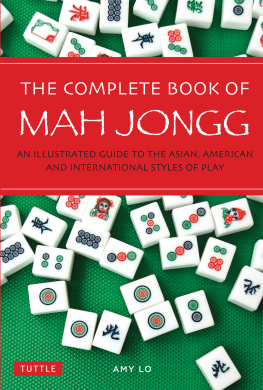
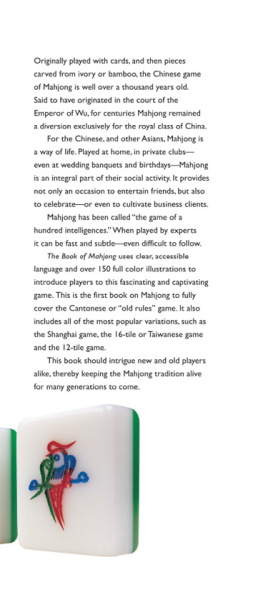
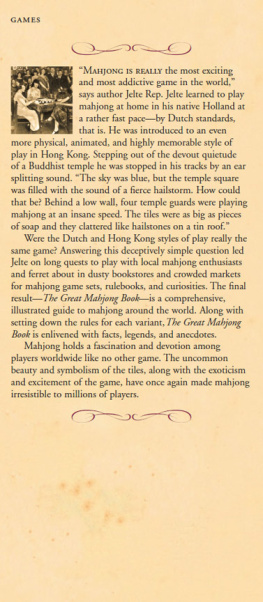
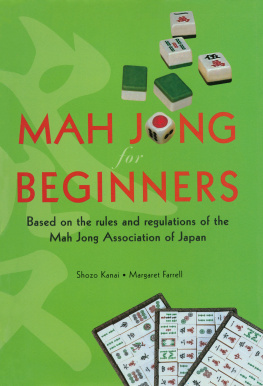
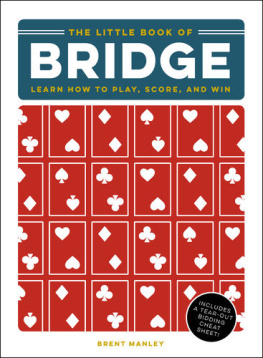
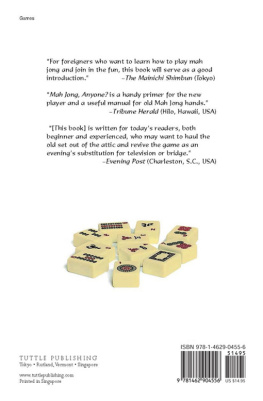
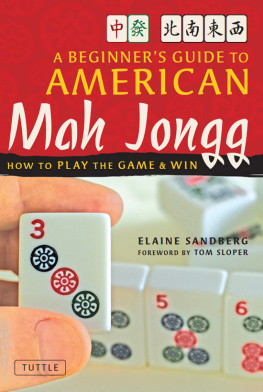
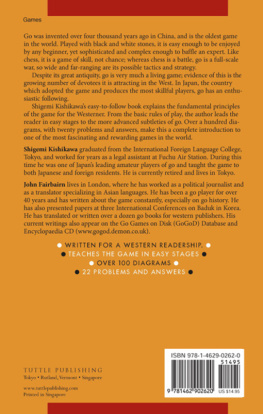
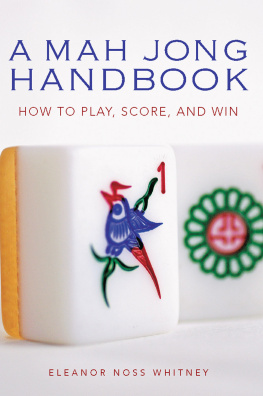
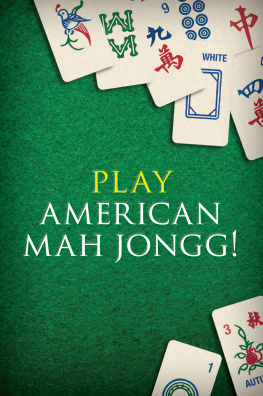
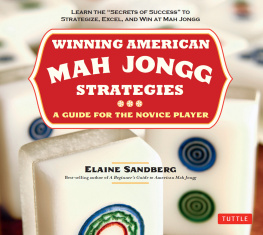
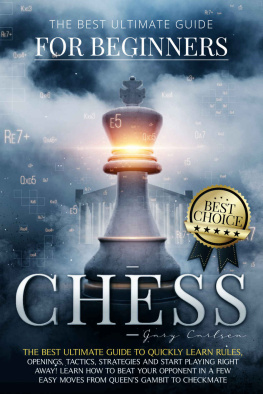
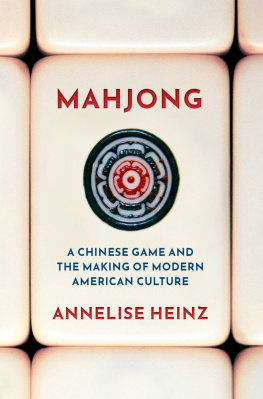

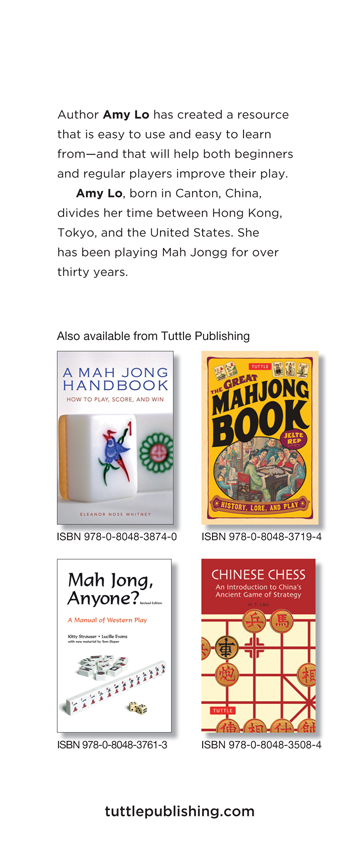







 There are three Dragons, Red, Green, and White, with four tiles each.
There are three Dragons, Red, Green, and White, with four tiles each. 









